West Lake Cultural Landscape of Hangzhou
An ancient landscaped environment based on Buddhist principles in garden design that have been influential for over a thousand years.
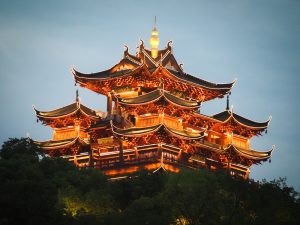
An ancient landscaped environment based on Buddhist principles in garden design that have been influential for over a thousand years.
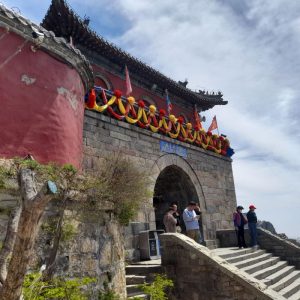
One of the Five Great Mountains and an important place of worship, known for its Taoist temples.
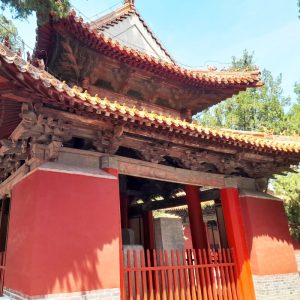
An architectural collection in the hometown of Confucius, who was hugely influential in the history of China and many other countries.
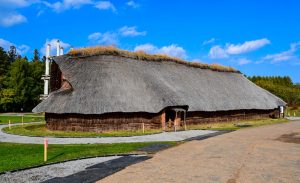
17 archeological sites from a 10,0000-year-old hunter-fisher-gatherer society.
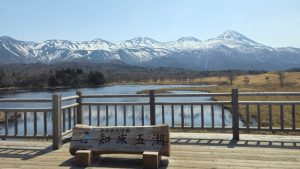
A Hokkaido peninsula of untamed natural beauty with a unique ecosystem due to the seasonal sea ice nearby.
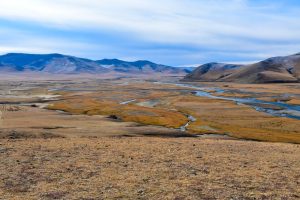
A huge region of beautiful landscapes and archaeological sites, important in the history of the Mongol Empire as well as the Uighur people.
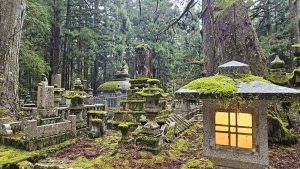
A collection of spiritually and culturally important pilgrimage sites that blend Buddhist and Shinto traditions in a natural environment.
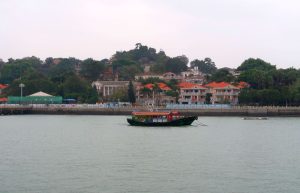
An 18-century commercial port where foreign and Chinese influences mixed and intertwined, especially evident in the unique range of architecture.
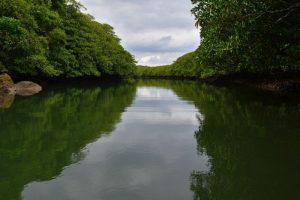
Four islands with subtropical rainforests that support a range of endemic species.
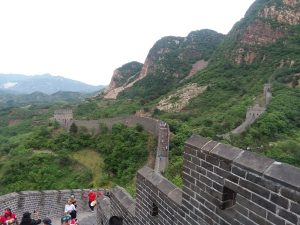
An ancient and audacious architectural marvel over 12,000 miles long.
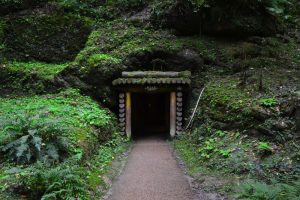
Remains of a silver mining community that operated for centuries, important in international trade.
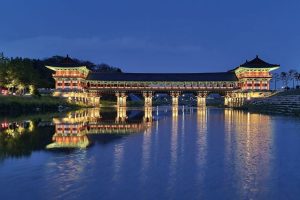
Ruins of the capital of the ancient Silla dynasty, rich in Buddhist artworks and architecture.
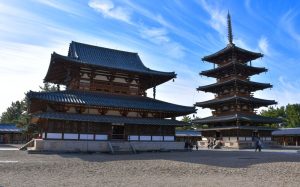
Two early temple complexes that include the oldest wooden structures in the world.
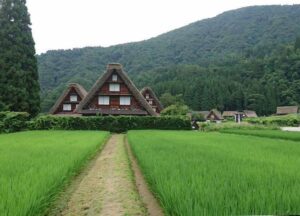
Mountain villages with unique traditional farmhouses where silkworms were cultivated.
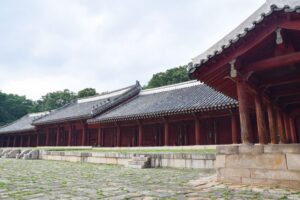
A Confucian shrine housing the spirit tablets of Korean royal ancestors.
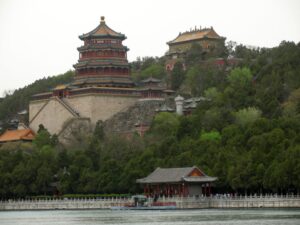
A summer retreat for China’s emperors, with extensive classical gardens, an artificial lake, and a collection of palace buildings.
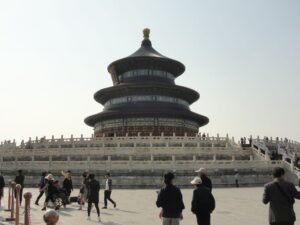
A religious complex used by Ming and Qing dynasty emperors that is significant both symbolically and architecturally.
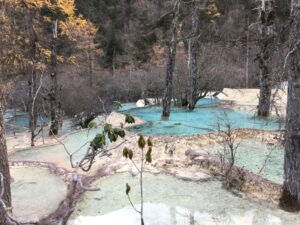
A beautiful high-elevation natural area known for its colorful ponds and waterfalls.
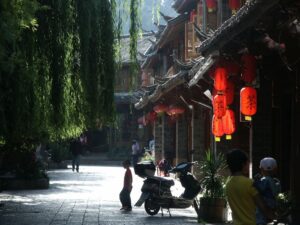
A charming traditional Chinese town that combines Naxi, Han, Bai and Tibetan influences.
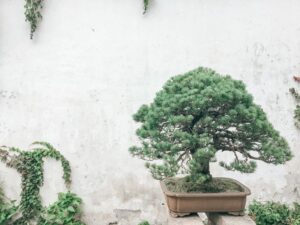
Nine traditional Chinese gardens that artfully mirror the natural world in very limited spaces.
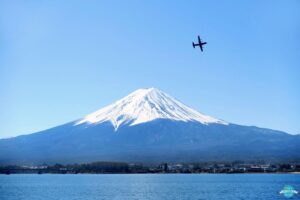
Mount Fuji and numerous natural and religious sites related to its spiritual importance.
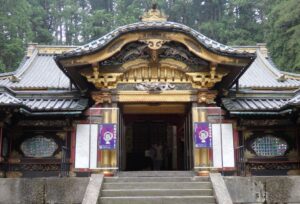
A complex of ornate and colorful religious buildings in a lovely forest setting.
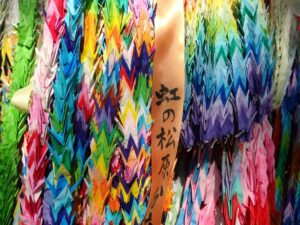
A UNESCO site for its symbolism and the hope it represents.
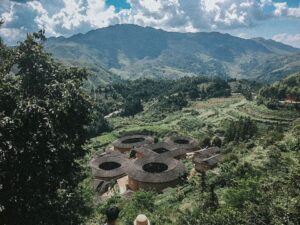
Multi-family inward-facing houses built by the Hakka minority and still used to this day.
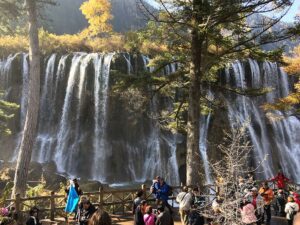
A spectacular landscape of karst landforms, lakes and waterfalls, home to a range of endangered species.
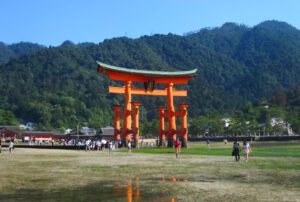
A well-preserved shrine dating to the 12th century and harmonizing beautifully with the surrounding landscape.
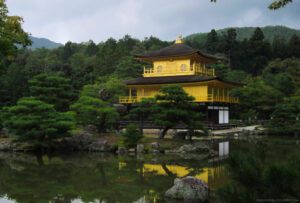
A set of 17 sites comprising culturally-significant religious architecture and landscaped gardens.
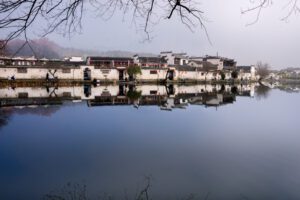
Picture-perfect traditional rural villages, unchanged since the feudal period.
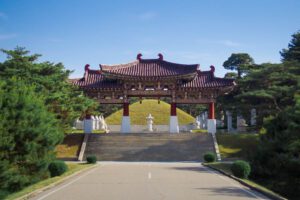
Underground burial chambers, some with bright wall paintings, that offer insight into Korea’s Korguryo kingdom.
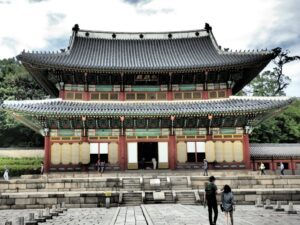
An exceptional example of Korean palace architecture and design in harmony with the surrounding landscape.
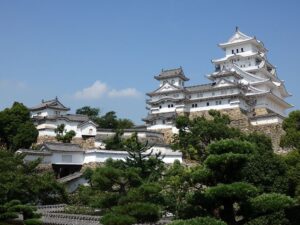
A magnificent bright white castle dating to the 17th century.
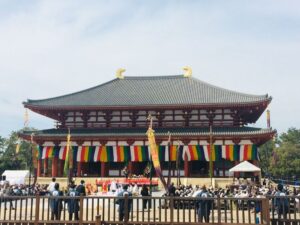
A collection of ancient Buddhist and Shinto shrines in the old capital of the Japanese empire.